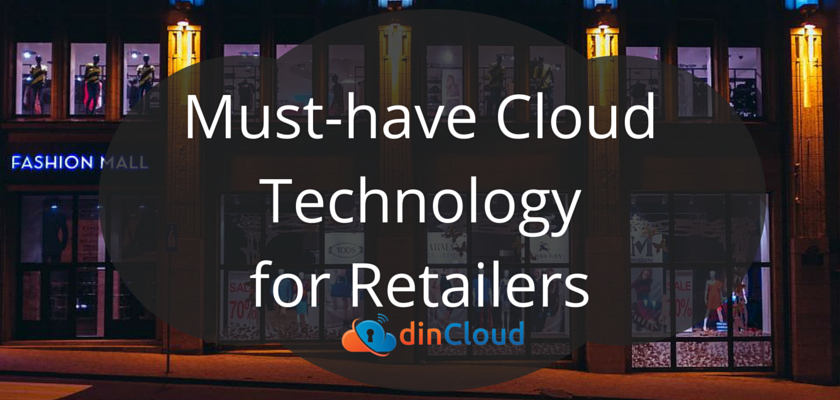Some two years ago, Wired.com reported that the retail industry only allocates about 1.7% of revenue to IT compared with the banking industry, which spends about 6%.

Retailers have been cautiously experimenting with various flavors of the technology since the term ‘cloud’ entered the business world in 2006. However, there are forecasts indicating that 2015 will mark the coming of age of cloud in the retail industry.
Grocery retailer Whole Foods Market generated quite a media buzz recently when the company announced its partnership with a cloud software firm considered by many as the No. 3 company in its sector behind Oracle and SAP.
The high-end grocery chain hopes to use the cloud partnership along with software company Infor to develop a system that will capture information from thousands of data points related to every product it sells. Imagine, such a data analytics-driven strategy could not only allow consumers to trace when and where their vegetables were harvested, but also enable Whole Foods to rapidly gain insights into trends which the company can then pass on to its suppliers.
Cloud technology also presents an excellent way for the grocery chain to differentiate itself from its competitors.
“The word on the street is that everyone is selling the same food. Well, they ain’t,” Walter Robb, CEO of Whole Foods, said in a recent interview with Fortune magazine. “I know there’s a difference. I want to communicate the difference and sell the difference, and we’re partnering with technology to do it.”
A large majority of U.S. retailers (72%) interviewed for a survey commissioned by eBay Enterprises anticipate their online revenues to jump by 17% this year. The survey titled 2015 Retail Growth Outlook, polled more than 1,000 e-commerce and marketing professionals from retailers with revenues of $3 million to $250 million.
The survey can be very useful to retailers that may be planning to deploy or fine-tune a cloud-based strategy because it provides insights into the areas of where cloud technology is being used by retailers, as well as the issues hindering cloud adoption.
For example, the survey sheds light on what the must-have cloud technologies are for retailers in 2015:
- 55% – e-commerce hosting
- 46% – inventory management
- 40% – marketing program management
- 40% – CRM
Some 54% of retailers are also investing in mobile device optimization, and 46% are investing in mobile application development.
The top obstacles to cloud adoption for retailers include:
- Security concerns (26%)
- Shared resources (17%)
- Lack of IT support staff (16%)
Cloud technology provides retailers the opportunity to tap the potential of big data analytics that can help them identify opportunities to cut cost, as well as aid them in better understanding the needs and buying patterns of their customers.
The cloud can also be used to correlate information, such as weather data with sales figures, and determine how it can impact merchandising promotions.
Using cloud technologies, retailers can tap into social networks to find out what customers are saying about them and their competitors.
Brick and mortar retailers need to investigate how cloud technology can improve efficiency, boost the bottom line, and enhance customer engagement. If they don’t start now, they risk being left behind by their competitors.
 Nestor Arellano is a Toronto-based journalist who specializes in writing about technology and business news. Nestor reports on IT trends, new products and best practices, and how these can be of use to business and IT decision makers in the enterprise, small and medium size business space, and government.
Nestor Arellano is a Toronto-based journalist who specializes in writing about technology and business news. Nestor reports on IT trends, new products and best practices, and how these can be of use to business and IT decision makers in the enterprise, small and medium size business space, and government.


